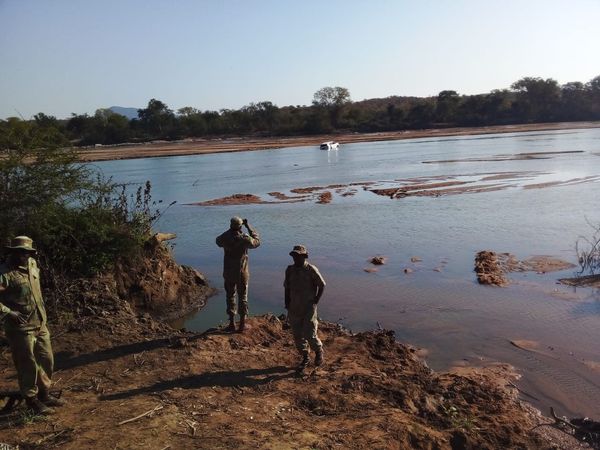South Africa’s ongoing border protection tasking – now in its 16th year – executed in the main by infantry units, shows how short of boots on the ground the landward component of the SA National Defence Force (SANDF) is for specific missions.
This observation comes from respected defence and military analyst Helmoed Heitman following a media visit to Operation Corona bases on the South Africa/Zimbabwe border last year.
He said utilisation of units other than infantry, both regular and reserve, in the border protection tasking was not new when informed 10 Anti-Aircraft Regiment “hosted” the media contingent for part of the abbreviated border tour, which he was not part of.
“The Army has always used gunners of both varieties as infantry – also in the ops area in days past – and more recently the armour fraternity. That is primarily a matter of lacking infantry, but does give gunners useful exposure to practical soldiering,” he said.
Heitman outlined practical advantages to deploying gunners on border protection.
As far as field artillery is concerned, he sees using forward observation trained gunners in that role to man observation posts (OPs) and going as far as putting Ratels fitted with the enhanced artillery observation system (EAOS) into service adding to the effectiveness of the operation.
“That’s one way of being useful in their actual role and being hands-on with their kit.”
For armour personnel, Heitman sees them well employed on vehicle patrols and in intercept groups deployed back from the borderline.
Elaborating, he told defenceWeb: “I have in the past discussed giving armour units a secondary prime mission equipment set of light patrol vehicles for that role and also for peacekeeping – not peace enforcement – missions. That could be something as fancy as an RG32M with a 12.7 mm HMG (heavy machine gun), or simpler like a partly armoured bakkie or even beach buggy type vehicles, the type depending on the terrain of the relevant stretch of border”.
For the “cloud punchers” (anti-aircraft gunners operating twin 35 mm guns and Starstreak ground-to-air missiles) Heitman sees deploying optical, optronic and radar early warning systems to monitor known or suspected smuggling routes as adding value. A downside for the AA men and women is gun crews “mainly winding up as infanteers”, again not necessarily so as it is hands-on practical soldiering.



